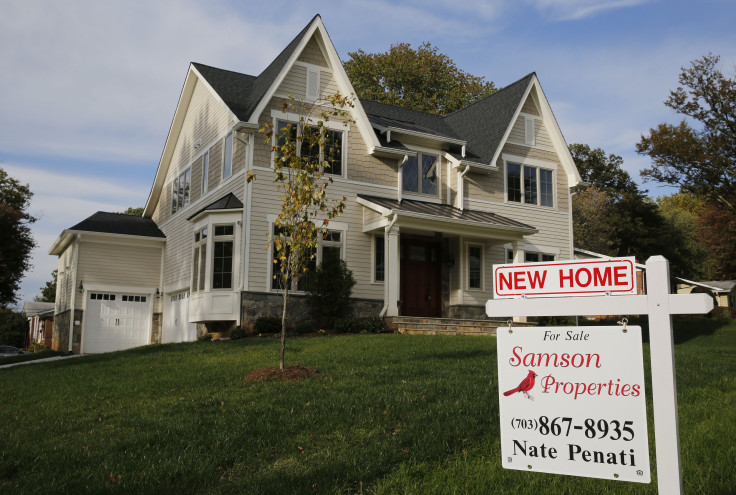Banking Trends 2016: More Mortgages Supplied By Nonbanks Than By JP Morgan, Bank Of America, Wells Fargo, Others

In the post-2008 economy, big banks may still be erring on the side of caution when it comes to deciding whether to hand out home loans to risky applicants. But non-bank lenders are stepping in to fill the gap.
For the first time, non-banks such as Quicken Loans Inc., PennyMac Mortgage Investment Trust and PHH Corporation claimed a majority of the mortgage market, according to Inside Mortgage Finance. These institutions, which don’t take customer deposits and are supported by privately-owned, government-sponsored enterprises such as Fannie Mae and Freddie Mac, took 51.4 percent of home loan money in the third quarter of 2016. According to the U.S. Government Accountability Office (GAO), that figure was just 24.2 percent in 2015 and 6.8 percent as recently as 2012.
While the biggest American banks—namely, JP Morgan Chase & Co., Bank of America Corp. and Wells Fargo & Co.—still accounted for a large share of the mortgage market, that share fell to 21 percent as of September from 50 percent five years ago, according to the mortgage industry research group.
The loan market itself also swelled in the third quarter to the largest dollar value since the fourth quarter of 2012, to $580 billion, a nearly 14 percent increase from the second quarter of 2016, Inside Mortgage Finance found. The figure bolstered signs earlier this year that the demand for mortgages has skyrocketed, with JP Morgan, Wells Fargo and Citigroup Inc. seeing a collective 31 percent increase in the value of their mortgage operations between the first and second quarters of 2016.
Americans’ increased desires to buy homes may stem from the Federal Reserve’s maintaining low interest rates since the 2008 crisis as a stimulus measure. On Wednesday, as in September, Fed chair Janet Yellen announced once again that the Fed would delay a hike, which would gradually trigger higher rates for adjusted-rate mortgages.
So what’s pushing consumers to places like Quicken Loans, as opposed to banks like JP Morgan?
The Mortgage Bankers Association’s credit index, which measures the ease of attaining a mortgage on a scale of zero to 1,000, shows a steady climb over the past five years, from below 100 to 171.3 as of October. But that’s still miniscule in comparison to pre-crisis levels of between 800 and 900. So while Americans are increasingly able to get access to home loans, that availability has a long way to go to reach past levels.
One reason for this may be the housing market regulations imposed by the Dodd-Frank Wall Street Reform and Consumer Protection Act of 2010, which makes it more difficult to get a home loan, as applicants have to supply more paperwork and proof that they’ll be able to pay it off.
But nonbanks, which aren’t backed by capital or deposits, have taken on a disproportionate number of high-risk mortgages backed by the Federal Housing Administration (FHA), with more than two-thirds of the FHA market.
The trend may heighten risks surrounding the housing market’s stability, as these institutions are not only low-capital, but also less exposed to regulatory scrutiny as the megabanks. Because the Consumer Financial Protection Bureau does not have a comprehensive record of the entities, for instance, it cannot thoroughly enforce them to comply with its laws. And though the Federal Housing and Finance Agency “has indirect oversight” of market monitors such as Fannie Mae and Freddie Mac, it “lacks statutory authority to examine these third parties to identify and address deficiencies” in the monitors’ scrutiny, according to the GAO.
© Copyright IBTimes 2024. All rights reserved.












